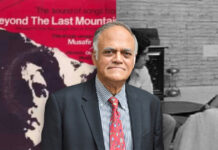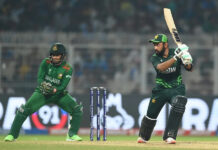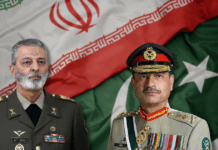When Marc Pritchard says something, the communications industry raises its collective ears….or should. Usually, whatever the marketing boss at Procter & Gamble – the biggest advertiser in the world – has to say does not just interest his own organization: it is also seized upon by competitors, agencies and, last but not least, the international (trade) press. After all, the FMCG giant is still considered a bellwether for the strategy and organizational structure of big businesses as regards marketing and advertising.
Pritchard’s speeches at the conferences of the US advertisers’ association ANA and its British counterpart, the ISBA, in early March attracted the industry’s attention as per usual. After summarising the five-point plan for digital marketing which he presented in the previous year (bottom line: there have been some changes but there is still a lot to do), Pritchard is now looking at agencies and their internal organizational structure.
Pritchard highlights ‘lack of creativity’
The main thrust of his argument is that agencies spend too much time on administrative tasks. Creativity does not enjoy the status it should have. Pritchard estimates that less than half of agency staff are involved in creative output. He believes, however, that creatives should account for three-quarters of agencies’ resources. According to Pritchard, there are lots of surplus staff in account management and planning. ‘Too much energy is spent on conference calls, meetings and offsite and time is wasted on conference reports and PowerPoint presentations, dimming and ultimately extinguishing creativity,’ he says. He is also asking for media and creative teams to work together again. ‘Many of us rue
the day that media agencies split from advertising agencies,’ explains Pritchard.
Of course, these statements must be viewed in the light of the current situation at Procter & Gamble. The multinational wants to slash its marketing spend by a total of two billion US dollars, so it should come as no surprise that agencies are also being called upon to cut costs and simplify. Nevertheless, there is more to Pritchard’s demands than just cost-cutting. The fact is that what he’s asking for is sensible and logical is supported by the fact that many agencies have already completed shake-ups or are in the process of doing so. It’s worth taking a closer look at the issues at stake – not least the collaboration between clients and agencies.
Firstly, even though Procter & Gamble is a forerunner, not everything that applies to P&G holds true of all advertisers. It is true that P&G primarily requires creative input from advertising agencies and has little need of strategic consultancy and brand management services.
After all, these are among the key capabilities of the multinational, which is strongly driven by marketing. However, there is no doubt that some – indeed most – firms do rely on support from external service providers in these fields.
Nevertheless, there is no denying the proliferation in agencies’ service portfolios over the years. In some cases, they now offer services which have very little to do with their real raison d’être. The extent to which clients have driven this trend – for example by paying too little for agencies’ core product, i.e. creative output – is another matter.
This leads to the question of client-agency collaboration. Client organization with regards to marketing is at least as important as the way in which agencies are structured. The consultancy APRAIS, which specializes in analyzing the working relationships between clients & agencies, provides important insights into this.
The APRAIS Regional Director (South & West Asia/Africa), Sunil Gupta, using David Ogilvy’s trenchant observation of over half a century ago (“Clients get the advertising they deserve”), summarises APRAIS’ key message as follows: ‘The client sets the limits of its agency’s performance.’ In other words, the way in which firms manage their marketing and marcomm has a major impact on the impact and results delivered by their advertising agencies. ‘Badly organized clients can engage the best agencies – to no avail,’ emphasizes Gupta.
APRAIS shows “Better organized clients get better results”
A recent evaluation by APRAIS confirms that well-organized marketing departments receive a better service. From its database of 18,000+ reciprocal agency-client evaluations, the consultancy filtered out those focusing on collaboration. From this sample of 1,701, it isolated the 10 percent of clients who were best and worst at collaborating. APRAIS also refers to them as the ‘best and worst directors’ of agency collaboration.
The findings show that client teams which orchestrate their agencies optimally receive many better-integrated solutions. On a scale of 0 (never) to 100 (always), the score is 85 for top clients and just 50 for the worst-ranking clients. Results for creative output, media planning and – above all – digital are also much better for well-organized marketers (see figure 1).
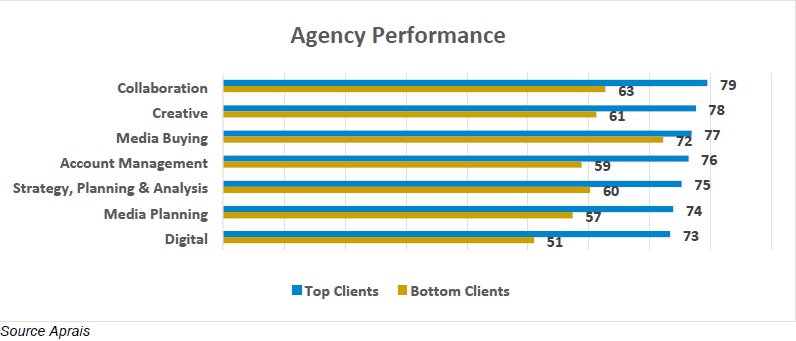
Conversely – and unsurprisingly – the evaluation showed that these clients also performed well in the categories which are most important for the agency collaboration. For instance, advertising agencies awarded the optimally organized marketing teams much better grades for the quality of their briefings, approval and overall management processes and for their partner-like dealings with one another (see figure 2).
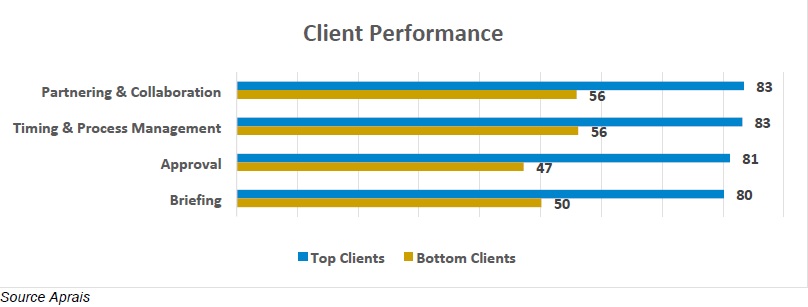
In other words, the evaluation by APRAIS clearly shows that it is not enough for companies like P&G to call on agencies to change and adapt their structures. Clients also need to adopt a professional organizational structure that caters to current requirements in order to ensure effective collaboration. Failure to do this means that clients ultimately receive worse integrated solutions – even if they hire top agencies.
Sunil Gupta
Regional Director – South Asia & Africa
APRAIS Worldwide
Mr Gupta is also a writer having penned down his 23-year journey in the word of advertising in his book ‘Living on the “adge” in Jhande Walan Thompson’. He is also a sports commentator and actor.









